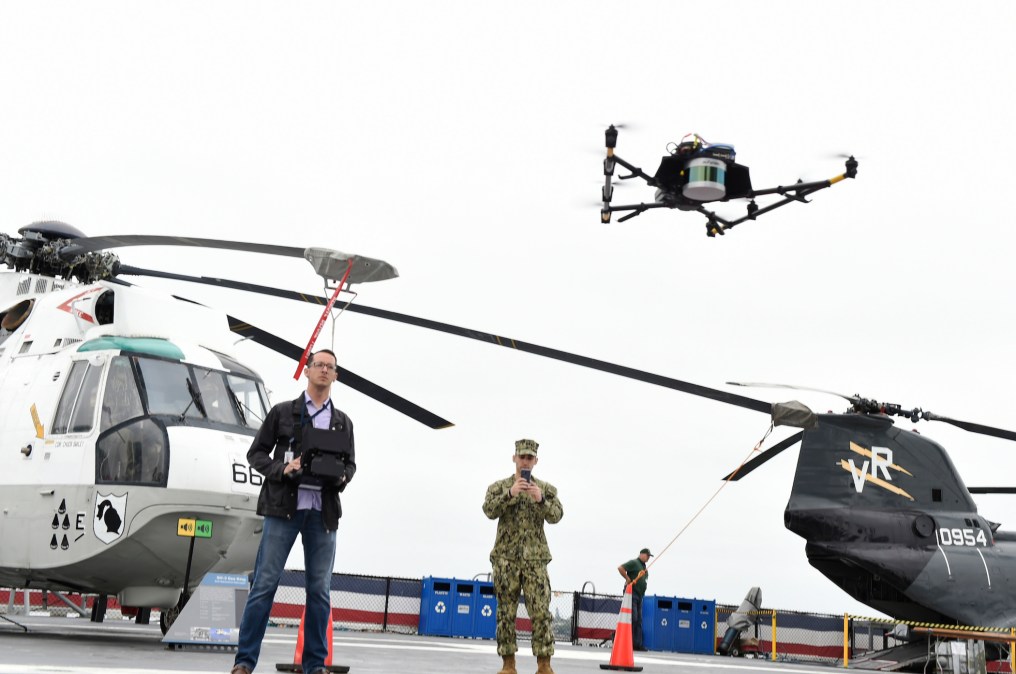Pentagon’s JAIC needs industry help for humanitarian assistance, disaster relief

The Department of Defense kicked off 2020 conducting market research for artificial intelligence solutions to support humanitarian assistance and disaster relief.
The General Services Administration’s Federal Systems Integration and Management Center (FEDSIM), on the behalf of DOD’s Joint Artificial Intelligence Center (JAIC), issued a request for information on AI and emerging technologies to enable the JAIC’s national mission initiative for humanitarian assistance and disaster relief, namely through drone-based search and rescue missions during events like wildfires, hurricanes and floods.
The program “is primarily interested in industry solutions that deal with drone platforms, sensors, edge AI processing, and detection algorithms/models as well as the training data and pipelines that together could provide the capability to fly to a pre-determined location/area, find people and manmade objects (through onboard edge processing), and cue analysts to look at detections sent via a datalink to a control station,” says the RFI. “The Government desires an end-state environment where human-resources are not required to constantly watch the sensor, but they can be cued to respond when something of interest is identified.”
The RFI goes on to spell out specifically what the JAIC would like to see in things like sensors, drones and onboard edge-processing. JAIC is also “interested in drone manufacturers and AI/software companies joining forces to develop a drone that is capable of edge processing to detect humans and manmade objects at sea or on land and sending this information to analysts. Humans and manmade objects will need to be labeled through multiple visual conditions including haze, clouds, salinity, various temperatures, worldwide climates (maritime to desert), fire, and other obstacles.”
In late 2019, the JAIC began running tests using AI in humanitarian assistance and disaster relief applications. The tests were said to involve flying video cameras over wildfires with an automated visualization algorithm detecting where flames are moving in the frame.
Lt. Gen. Jack Shanahan, leader of the JAIC, said in September that he was “optimistic that 2020 will be a breakout year for the department when it comes to fielding AI-enabled capabilities.” Since then, however, the RAND Corp. came out with a congressionally required report that was critical of the JAIC, saying the center is ambitious but it will need more resources and organizational support to scale AI across the department.






